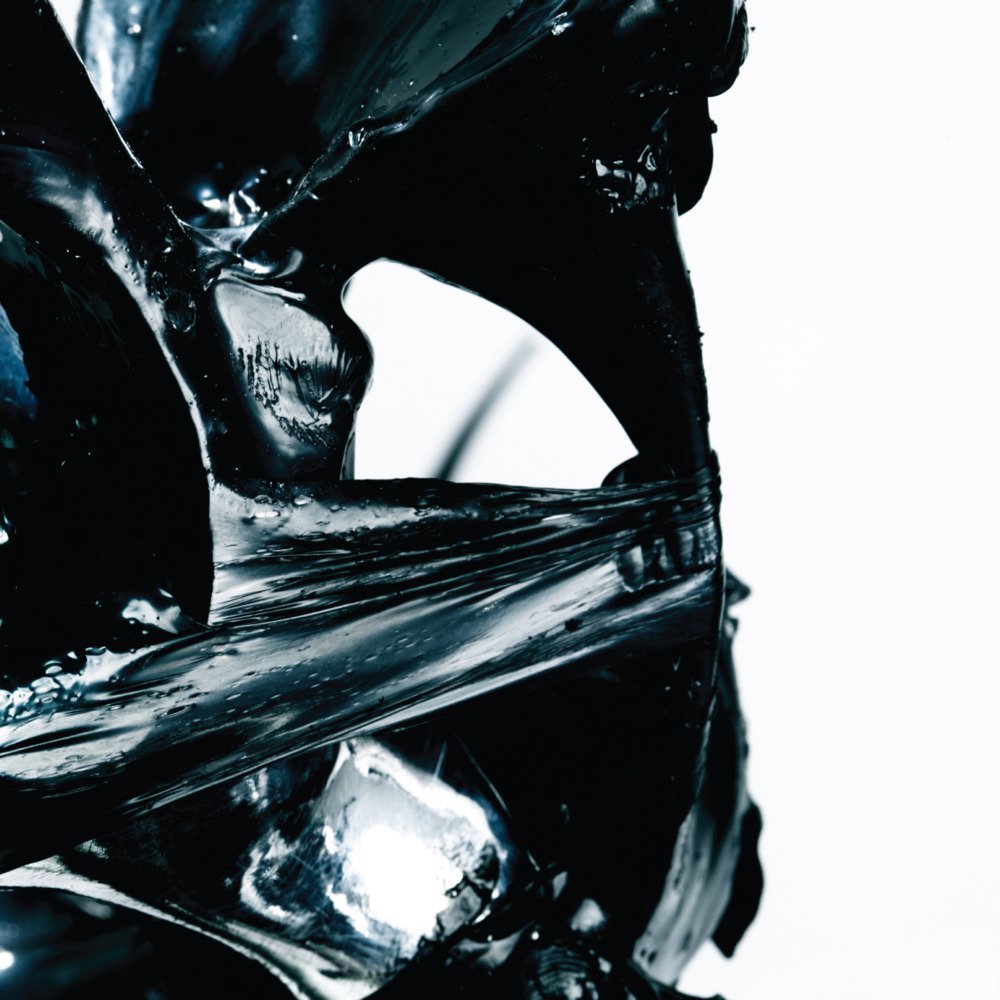Texture and electronic leanings have been a part of hip-hop since the genre's adolescence. They were present in the early '80s, though neither was necessarily implemented by choice. Prime sample material of the time from the likes of Kraftwerk, Yellow Magic Orchestra, and Herbie Hancock among others was filled with a bevy of synths to manipulate and rhyme over. However, feeding those samples through unsophisticated equipment that couldn't maintain the full integrity of the sound resulted in a grainy, crackling current of static running underneath the bed of intended sounds. Throw in the jazz, funk, R&B, and soul music that most early rhymers grew up on and you had a pastiche of texture, groove, electro layers, and attitude the world had never seen.
[videoembed size="full_width" alignment="center"][/videoembed]
Jump to 2008. Rap was now mainstream, and hip-hop had been pronounced dead by Nas two years earlier. J Dilla passed away in Los Angeles in the same year, and a piece of the LA beat scene died with him. Jay Dee's influence, along with Madlib, had aspiring producers in the City of Angels making glitchy, off-time-on-purpose swing grooves, but his death halted the momentum of the developing dermis that seemed poised to give birth to a wave of great producers. Madlib was relatively quiet as well, lending only nine beats to a collaborative album with Talib Kweli entitled Liberation and handling production duties on Percee P's debut in 2007. Though Lib's beats were distinctly West Coast, Kweli's heavy Brooklyn accent and a swag derived from NYC tradition forced the album to lean more East Coast in feel, and Percee P was too underrated to register a deserved blip on the radar.
Enter Steven Ellison, bka Flying Lotus -- a young producer and Dilla disciple from nearby Oxnard, CA who was pierced by Jay Dee's death and had an ear in LA's beat scene. Ellison would revive the tradition of electro leanings and gritty texture, mixing them with some of Dilla's sensibilities oh-so-inventively at a time when hip-hop was in need of rejuvenation and innovation from an underground scene. His 2006 debut, 1983, had piqued the interest of many hip-hop heads and critics alike, hinting at a deft control of texture, unorthodox rhythms, and electro infusion. His sophomore effort, 2008's Los Angeles, suggested a quick mastery of these elements, cleverly injecting static in the space between odd grooves and arrangements that melded many genres together -- 10 years ago yesterday.
[videoembed size="full_width" alignment="center"][/videoembed]
The soundscapes on Los Angeles test the limits of conventional ways of describing music. Hence FlyLo's description of his music as "robotic, futuristic, George Jetson" funk in the press release for the album. Opener "Brainfeeder" sounds like a short, ambient big-band suite with synths pulsing in and out of each other as FlyLo tips the world's longest rainstick filled with sediment and the dirtiest vinyl crackle. The intro then melds into "Breathe Something/Stellar Star" seamlessly with the rainstick static as the underlying link to warm electronic rhythms and drum pads that switch in and out of time with an odd, but groovy precision.
[videoembed size="full_width" alignment="center"][/videoembed]
"Melt" brings the drums to the forefront with congas, low-end kicks, and crispy snaps/claps overtaking what feels like the ambience of a rain forest to create a sound safari of sorts. Several tracks stay in this vein with a clever balance of electronic bursts and melodies mingling with infectious drum patterns. The warble of the synths on "Riot" signal an electronic takeover in the next several tracks, giving them more of a programmed, uptempo dance feel with drums as accenting punctuation. Then soul careens to the forefront for the last section of the album, fittingly signaled by "Roberta Flack."
The last handful of tracks is where you feel Jay Dee's influence the most, with soulful samples driving parts of "Roberta Flack" and "Testament," and Laura Darlington's vocals that sound like a sample on "Auntie's Lock/Infinitum." The personal touches of including his great aunt Alice Coltrane's harp on "Auntie's Harp" and "Auntie's Lock/Infinite" fuses the sound with emotion reminiscent of Dilla's hidden messages to family and friends on Donuts. Yet none of the aforementioned elements fade out completely, all of them interacting with each other for a hell of a finishing crescendo that hints at the cinematic feel of what Ellison is up to presently.
[videoembed size="full_width" alignment="center"][/videoembed]
FlyLo's imaginative beats from Los Angeles started popping up all over mixtapes underground -- most notably Blu's hijacking of "GNG BNG" for his track "BNG," and Fresh Daily taking "Melt!" for his "DRUMPOWER" freestyle on Mothership/Land. Perhaps the beats (or more accurately, excursions) were too left for mainstream rap, or Ellison just wasn't interested in folding his ingenuity in with more popular sonics, but he never bubbled up from the underground. His most recognizable credit to date is from lending a helping hand on "Wesley's Theory" from Kendrick Lamar's To Pimp A Butterfly.
With as much history, technique, and inventiveness that his FlyLo's music possesses, becoming more popular would probably be a disservice. Instead, he seems perfectly suited for gripping TV and film scores, transportive festival sets, and soundtracking his own short films. Only a few MCs are worthy of a FlyLo blessing, and it should stay that way.
[videoembed size="full_width" alignment="center"][/videoembed]
Los Angeles isn't one of the first albums you think of when defining the canon of influential hip-hop production, but it should be. FlyLo's experimentation still feels progressive and futuristic 10 years later because no one can combine elements of hip-hop's sacred past and forward-thinking sonics the way he does. Hopefully when all is said and done FlyLo's legacy will be up there with Dilla and Madlib; he certainly has the skill and catalogue to be placed on the same pedestal. Los Angeles should be a jumping-off point for that conversation.






